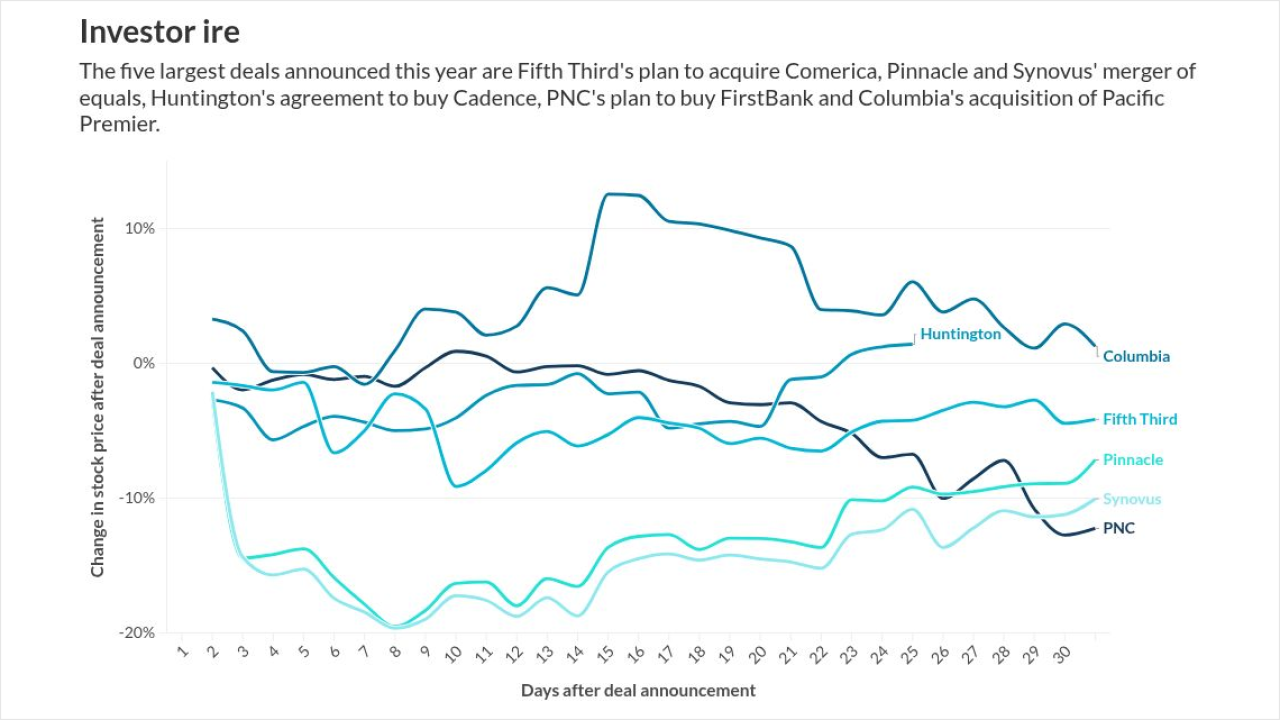While smartwatches drew a lot of the attention to wearable payments and the Internet of Things, in practice smartwatches just don't seem suitable for most transactions.
Yet, seeing the movement in the market, you wouldn’t know payments via smartwatch have yet to find a use case. More and more smartwatches are rolling out or testing Android Wear 2.0 with Android Pay, including this month Verizon Wireless announced the
But despite all of this activity, “there isn’t an overwhelming amount of interest in mobile payment support on smartwatches," said Jordan McKee, the principal analyst of 451 Research’s payments practice.

According to the
The problem for payments on a smartwatch is multi-faceted.
“One of the shortfalls of wearables is that they’re still tethered to the phone and not something that’s completely autonomous,” McKee said.
To utilize Apple Pay or Android Pay on a smartwatch, a smartphone needs to be connected via Bluetooth.
With the phone so close by, one that better handles all kinds of commerce because it’s not limited by a small screen size, what does the smartwatch add? Emmett Higdon, mobile pratice lead at Javelin Strategy and Research asks.
“We continue to see the gradual increased adoption of the major ‘Pays’ overall, both Apple Pay and Android Pay … but when we asked consumers last August, a little south of 40% of respondents said they were even interested in using their smartwatch to make a payment at a retail location,” said Higdon.
While the percentage isn’t that low, that momentum could be thwarted again because a smartwatch screen's size makes it hard to provide the full range of interaction built into mobile wallets.
“Loyalty, rewards, receipts and order-ahead … all demand a bigger screen,” Higdon said.
With all these roadblocks, though, McKee and Higdon agree there could be some niche use cases in closed-loop environments.
According to McKee, it won’t be the “utopian-type scenario” that always gets thrown around of a fitness guru out on a jog using the watch to buy a water bottle or granola bar. Instead,
Although, more use cases might spring up, Higdon said, if smartwatches place more emphasis on voice controls.
“Voice could breathe a lot of new life into the wearables space and help it overcome the limitations of the tiny screen,” he said. “You can do a lot more things with your voice and it brings a much better user experience to a lot more complicated transactions through the watch.”
Higdon was bullish about wearables initially, but now believes there won't be a big advance in smartwatch payment capability in the near future.
“The value proposition for wearables has been disappointing for consumers. The market interest at least from a payments perspective is leaving wearables such as smartwatches and moving into IoT with voice driving a good bit of that,” he said, citing Alexa and Google Home.





